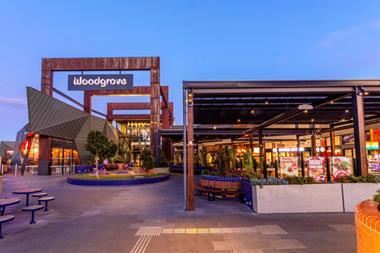Logicor has invested in Belgium for the first time and acquired two logistics portfolios in Italy.
Blackstone’s European logistics subsidiary said it acquired a portfolio of nine Belgian assets from AXA REIM.
The 156,000sqm portfolio is spread across Belgium and includes two assets near Brussels airport.
The company’s chief executive, Mo Barzegar, said the deals allowed Logicor to add a further European country to its product offering and gain new access to the Rome logistics property market.
Four assets near Milan totalling 175,000sqm were bought from a local developer alongside six assets sold by Schroders and Investire Immobiliare totalling 275,000sqm in Milan and near Rome.
“All three transactions deepen our customer relationships and are consistent with our strategy of investing in key locations across the European supply chain,” he said.
Speaking to IPE RE , Barzegar said an increasing number of investors are “now realising that the income from logistics is more predictable and less volatile than that of the office and retail sectors”.
The European industrial and logistics property market is on track to set new records for both take-up and investment in 2015, according to Cushman & Wakefield.
Around €14.3bn was invested in industrial property across Europe over the same period, with almost half being concentrated in the UK.
The company’s ‘Property Times European Logistics’ market report highlights how strong demand from developed economies is offsetting a slowdown in emerging markets.
Take-up reached 10.8m sqm in the first nine months of 2015 – a 13% increase compared with the same period a year ago.
German lettings accounted for more than half of letting activity, while Poland has overtaken France to become the second-most active market.
Magali Marton, director of EMEA research, said a lack of supply had dampened letting activity in most European countries, particularly the UK.
“Demand is strong, marked by the surge of e-commerce,” she said.
“Retailers as well as industrial companies are completely reshaping their supply chain in favour of built-to-suit solutions in a market where there is a clear mismatch between demand and supply.”









